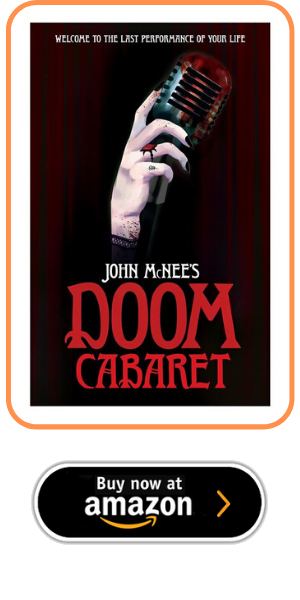|
Maybe it’s because I’m bisexual myself, but to me, creating and writing LGBT+ characters (personally I prefer “queer”) is as natural as breathing. Even if sexuality is never addressed, I will have a fair idea of what any of my characters are into, and what not. Just like I know the colour of their hair, whether or not it is ever mentioned. Sadly, too many good storytellers refuse to include queer characters in their work. On occasion, one is shoe-horned in for ridicule, victimisation, or unabashed tokenism, but never as a real person. The storytellers’ excuses for perpetuating this trend are as lazy as they are outdated, and are as tenacious as they are unfounded. Here are five poor excuses that I hear too often: “I can’t include queer characters in my story, because… 1.…I don’t want my MC to be a flamboyant, over-dramatic man/ugly woman in overalls!”News flash: no one else wants you to perpetuate this kind of damaging stereotypes, either. Nor is there a reason why you should. Like cartoon portraits, stereotypes are exaggerated images. The problem is that any cartoonesque attributes are easier to remember than nuances. Without regular reality checks to confirm a stereotype for the cartoon it is, we lose sight of that reality. And in reality, queer people are indistinguishable from the rest of the population. You can’t tell someone’s sexuality from their looks, unless they choose to draw attention to this side of themself. Some do, many don’t. Yet it is because they are indistinguishable that coming out can be such a shock to the people nearest to them: friends and family didn’t expect it, because nothing gave it away. The same is true for queer characters. A character doesn’t have to act, speak, or look a certain way to be queer. How many characters are queer in the minds of their creator without the audience ever finding out? J.K. Rowling told her readers that Dumbledore was gay, but nothing in the original Harry Potter books implied this. And why should it, when Dumbledore’s sexuality had nothing to do with the plot? Which brings me to the next excuse. 2.… it will ruin the plot!” |
Archives
April 2023
|










































 RSS Feed
RSS Feed

